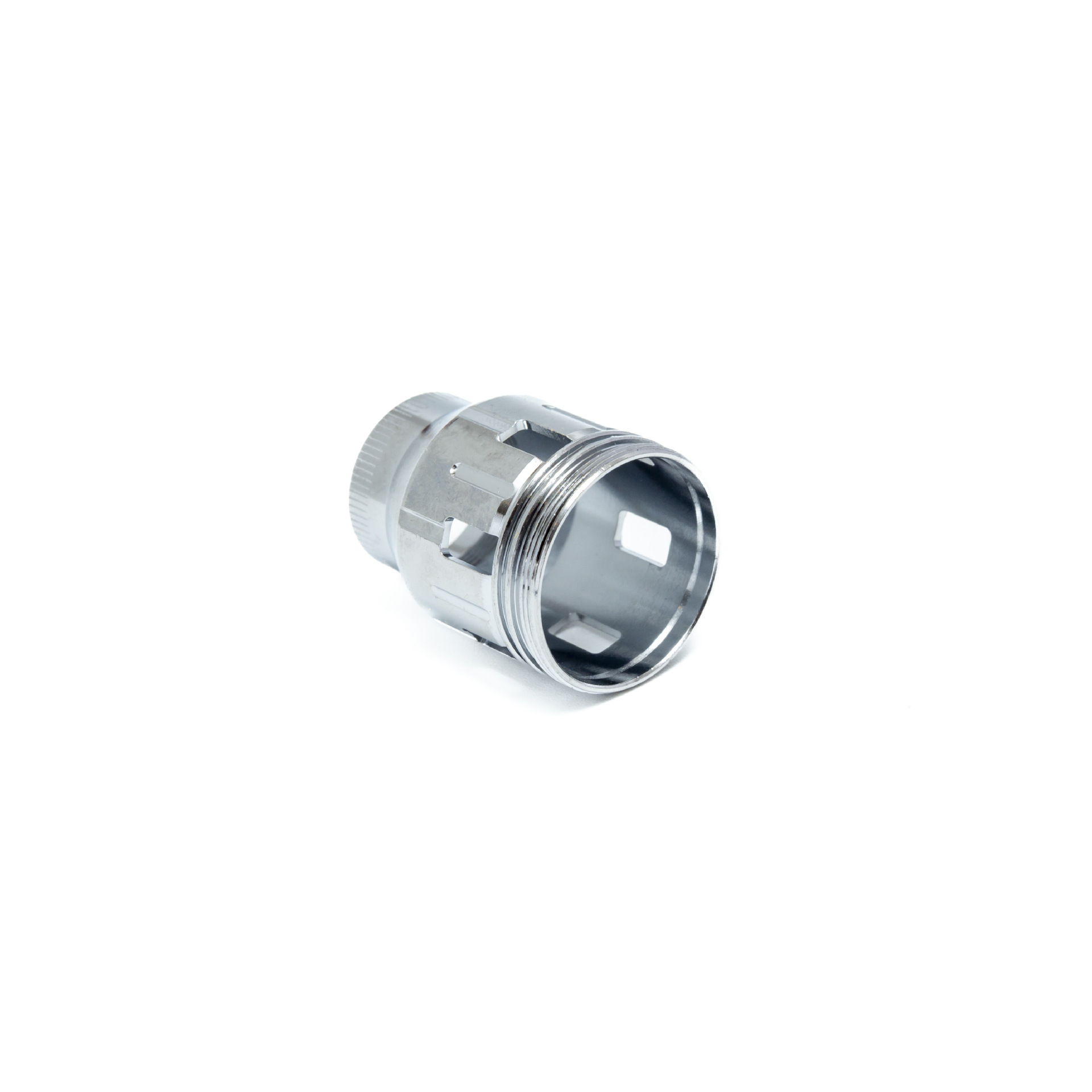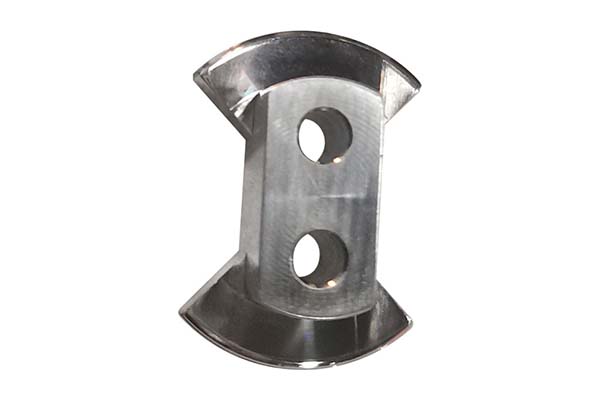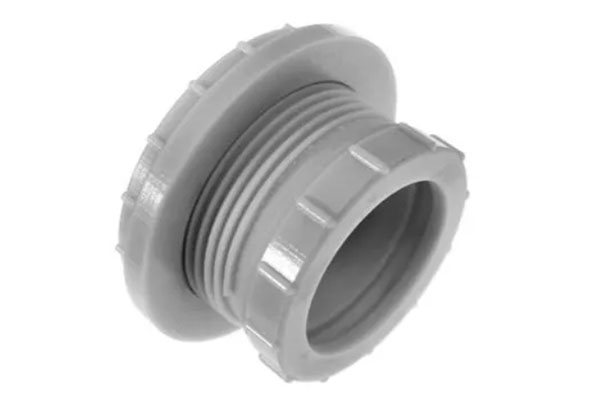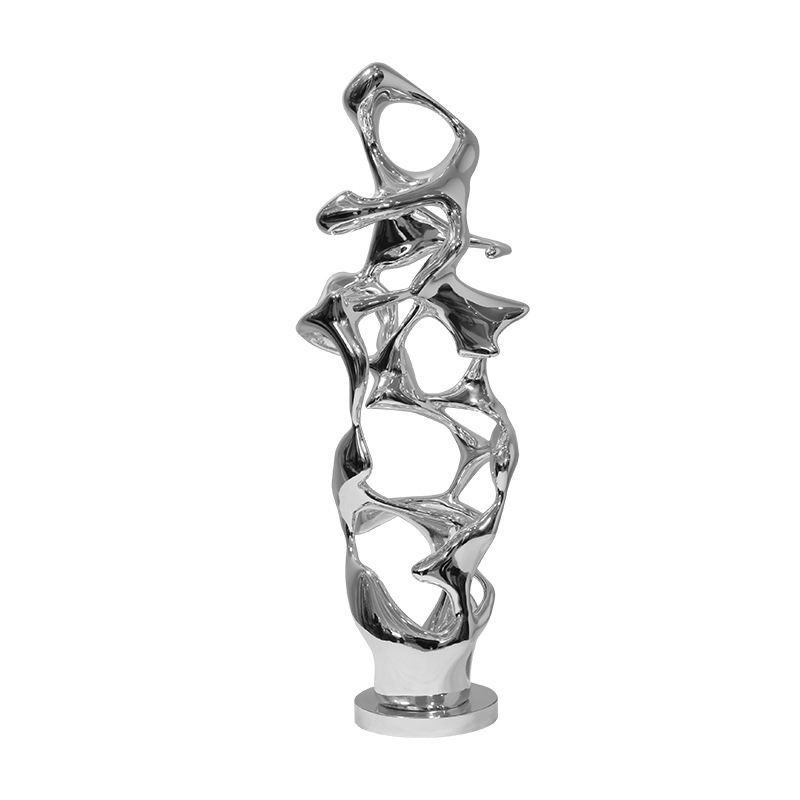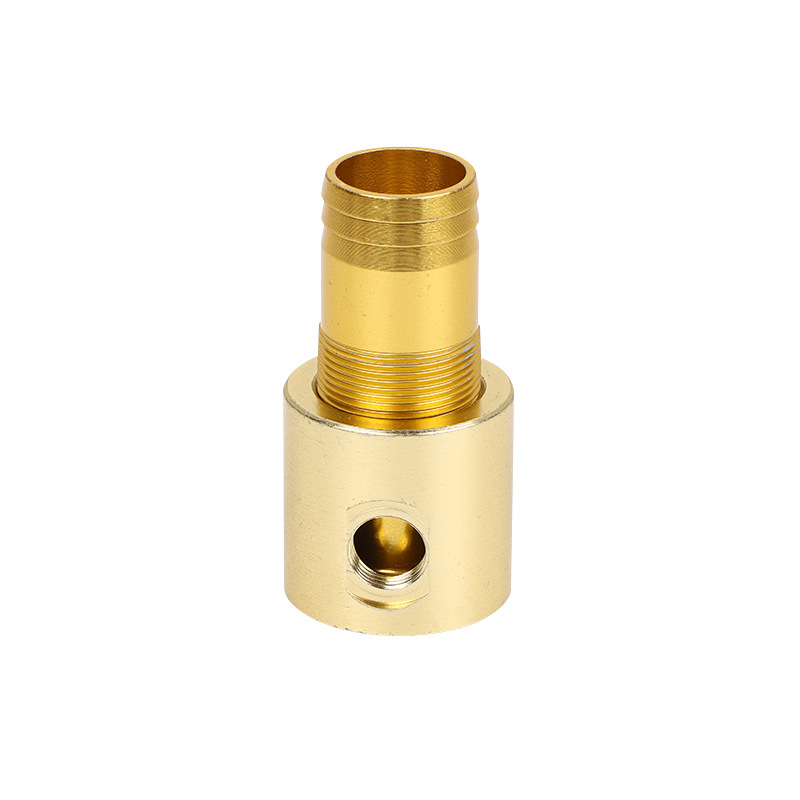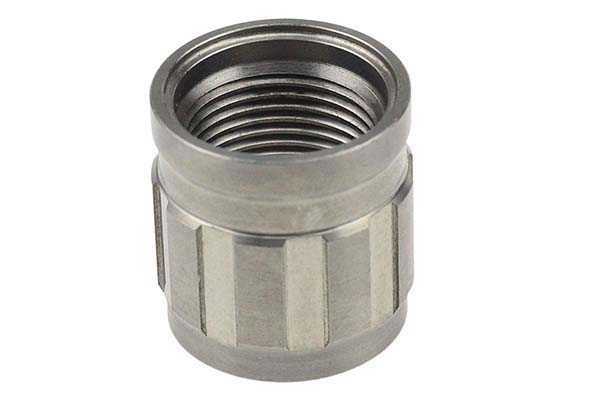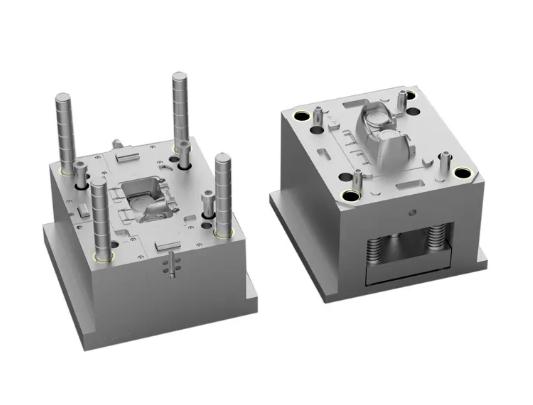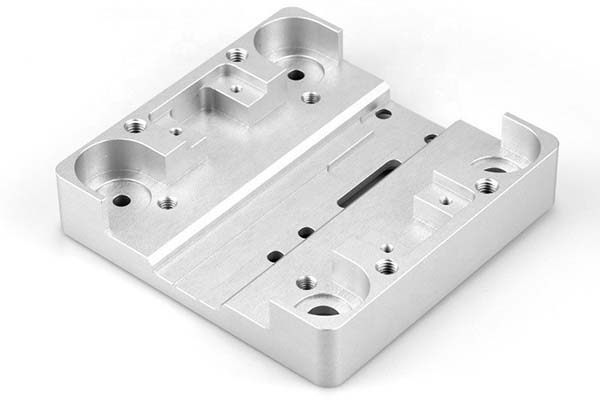Introduction
Unveiling the Precision Auto Components Revolution
In the fast - paced and ever - evolving landscape of the automotive industry, precision auto components have emerged as the cornerstone of transformation. The automotive industry, which has long been a symbol of industrial might and technological innovation, is currently undergoing a profound revolution, and precision auto components are at the epicenter of this change.
Over the past few decades, the automotive industry has witnessed remarkable growth and development. From the early days of simple mechanical vehicles to the highly sophisticated and technologically advanced cars of today, the journey has been nothing short of extraordinary. However, this progress would not have been possible without the continuous evolution and improvement of auto components. Precision auto components are not just small parts that make up a vehicle; they are the enablers of enhanced performance, safety, fuel efficiency, and overall driving experience.
For instance, consider the engine components. High - precision pistons, crankshafts, and valves are crucial for optimizing engine performance. A well - designed and precisely manufactured piston can ensure better combustion, leading to increased power output and reduced fuel consumption. In fact, studies have shown that engines with precision - engineered components can achieve up to 15% better fuel efficiency compared to those with standard components.
The significance of precision auto components also extends to vehicle safety. Braking systems, for Yigu Technology example, rely on components such as calipers, rotors, and brake pads with tight tolerances. Precision - made brake calipers can provide more consistent and reliable braking force, reducing the stopping distance of a vehicle. According to safety statistics, vehicles equipped with high - precision braking components have a 20% lower risk of collision in emergency braking situations.
In the following sections, Yigu Technology will delve deeper into how precision auto components are revolutionizing the automotive industry. We will explore their impact on vehicle performance, safety, and the manufacturing process itself, as well as the challenges and future prospects associated with this technological advancement.
The Essence of Precision Auto Components
Defining Precision Auto Components
Precision auto components are parts and sub - assemblies within a vehicle that are manufactured to extremely tight tolerances. These components are designed to meet high - performance standards and play a crucial role in the overall functionality, reliability, and safety of automobiles.
There is a wide variety of precision auto components. For example, in the engine, precision sensors are vital. Oxygen sensors, which measure the oxygen content in the exhaust gases, need to be highly accurate. They work with a precision of within a very small margin of error, typically measuring oxygen levels to within 0.1% accuracy. This allows the engine control unit to adjust the air - fuel mixture precisely, optimizing combustion efficiency. If the oxygen sensor is not precise, it can lead to poor fuel economy, increased emissions, and reduced engine performance.
High - precision gears in the transmission system are another example. Gears in modern transmissions are machined to tolerances as small as a few micrometers. For instance, in a high - performance sports car's manual transmission, the meshing of the gears needs to be extremely precise. A misaligned or imprecisely manufactured gear can cause gear - grinding noises, premature wear, and a loss of power transfer efficiency. The precision of these gears ensures smooth gear - shifting, efficient power transmission from the engine to the wheels, and long - term reliability of the transmission.
Technological Marvels in Precision Manufacturing
The production of precision auto components relies on a host of advanced manufacturing technologies.
Computer Numerical Control (CNC) machining is one of the cornerstones of precision manufacturing in the automotive industry. CNC machines use pre - programmed computer software to control the movement of machine tools. This technology enables the creation of complex and highly accurate components. For Yigu Technology example, when manufacturing a precision engine crankshaft, a CNC milling machine can achieve a dimensional accuracy of ±0.001 mm. This level of precision ensures that the crankshaft rotates smoothly, reducing vibrations and wear within the engine. The use of CNC machining also allows for high - volume production while maintaining consistent quality, as the machines can repeat the same operations with identical precision over and over again.
3D printing, also known as additive manufacturing, is emerging as a revolutionary technology in the production of precision auto components. This technology builds components layer by layer from a digital model. 3D printing offers several advantages for precision auto component production. It can create complex geometries that are difficult or impossible to achieve with traditional manufacturing methods. For example, some engine parts with intricate internal cooling channels can be printed using 3D technology. These cooling channels are designed to optimize heat dissipation in the engine, improving its performance and durability. A study by a leading automotive research institute found that engines with 3D - printed components with optimized cooling channels showed a 10% increase in thermal efficiency compared to engines with conventionally manufactured parts. Additionally, 3D printing allows for rapid prototyping, reducing the time and cost associated with the development of new auto components.
How Precision Auto Components are Transforming the Automotive Industry
Enhancing Vehicle Performance
1. Power and Efficiency
Precision auto components play a pivotal role in enhancing a vehicle's power and efficiency. Take the engine, for Yigu Technology example. Precision - engineered fuel injection systems can significantly improve combustion efficiency. A study by an automotive research institute found that engines equipped with high - precision fuel injectors, such as those with a spray pattern accuracy of within 0.01 mm, can achieve up to 10 - 15% better fuel efficiency compared to engines with standard injectors.
The Yigu Technology table below shows the comparison of fuel efficiency between engines with precision and standard fuel injectors in different driving conditions:
| Driving Conditions | Fuel Efficiency (Standard Injectors) | Fuel Efficiency (Precision Injectors) |
| City Driving | 25 miles per gallon | 28 - 30 miles per gallon |
| Highway Driving | 32 miles per gallon | 35 - 38 miles per gallon |
In addition, high - precision piston rings can reduce friction within the engine. By minimizing the gap between the piston and the cylinder wall to within a tolerance of 0.005 - 0.01 mm, energy losses due to friction are decreased. This results in more power being transferred to the wheels, enhancing the vehicle's acceleration and overall performance. Research indicates that engines with such precision piston rings can experience a 5 - 8% increase in power output.
2. Handling and Safety
Precision components are also crucial for a vehicle's handling and safety. High - precision suspension systems, for instance, can adapt to various road conditions in real - time. Components like shock absorbers with precise damping control can ensure that the tires maintain optimal contact with the road surface. In a high - speed cornering test, vehicles with precision suspension systems were able to maintain a more stable trajectory, with a 15% reduction in lateral body roll compared to vehicles with standard suspensions. This not only improves the driving experience but also significantly enhances safety.
When it comes to braking, precision brake components are essential. Precision - made brake rotors with a flatness tolerance of less than 0.002 mm can provide more consistent braking force. According to safety statistics, vehicles equipped with high - precision braking systems have a shorter average stopping distance. In emergency braking situations from 60 mph, vehicles with standard braking components had an average stopping distance of 130 - 140 feet, while those with precision braking components could stop in 110 - 120 feet, reducing the risk of collisions.
Improving Vehicle Durability
The precision manufacturing of auto components contributes to increased vehicle durability. Precision - made components experience less wear and tear over time. For example, gears in the transmission system that are manufactured with a tooth profile accuracy of within 0.001 - 0.003 mm can have a significantly longer lifespan. A long - term study on vehicle durability found that vehicles with precision - engineered transmission gears had a 30 - 40% lower failure rate related to the transmission system over a 10 - year period compared to vehicles with standard gears.
Bearings are another example. High - precision bearings with tight tolerances can reduce vibrations and misalignment within the vehicle's moving parts. This leads to less stress on the components, ultimately extending their service life. A survey of automotive maintenance records showed that vehicles with precision bearings required fewer bearing replacements, with an average replacement interval of 150,000 - 200,000 miles, compared to 100,000 - 130,000 miles for vehicles with standard bearings.
Enabling Technological Advancements
1. Autonomous Driving
Precision sensors and actuators are the backbone of autonomous driving technology. Lidar sensors, for Yigu Technology example, which are used in many self - driving cars, need to be extremely precise. These sensors emit laser pulses and measure the time it takes for the light to bounce back from objects in the environment. A high - precision lidar sensor can detect objects with a range accuracy of within 0.01 - 0.02 meters. This level of precision is crucial for the vehicle to accurately perceive its surroundings, such as detecting pedestrians, other vehicles, and road signs.
The Tesla Model 3 is a prime example of a vehicle that heavily relies on precision components for its semi - autonomous driving features. It uses a combination of cameras, radar, and ultrasonic sensors, all of which are highly precise. The camera sensors can capture high - resolution images with a pixel accuracy that allows the vehicle to distinguish between different types of road markings and traffic signs. These sensors work in tandem with precision actuators that control the vehicle's acceleration, braking, and steering, enabling features like Autopilot, which can assist with tasks such as lane - keeping and adaptive cruise control.
2. Connectivity
In the era of connected cars, precision electronic components are essential. High - speed data transfer is crucial for features like real - time traffic updates, over - the - air software updates, and in - car entertainment systems. Precision - made circuit boards and connectors can ensure reliable and fast data transmission. For example, high - speed Ethernet connectors in modern cars, which are manufactured with a pin - alignment tolerance of within 0.005 mm, can support data transfer rates of up to 1 Gbps. This enables seamless streaming of high - definition video content, quick downloading of software updates, and efficient communication between the vehicle and external servers.
Moreover, precision - tuned antennas are necessary for strong and stable wireless connectivity. These antennas are designed to have a high - gain and a narrow beamwidth, allowing them to receive and transmit signals more effectively. A well - engineered antenna in a car can improve the reception of mobile network signals, ensuring that the vehicle can stay connected even in areas with weak signal strength, thereby enhancing the overall connectivity experience for the driver and passengers.
FAQ
1. What are the key materials used in precision auto components?
Commonly used materials in precision auto components include high - strength steel, which offers excellent tensile strength and durability. It is often used in components like chassis parts and engine blocks, where high - load - bearing capacity is required. For example, in high - performance sports cars, high - strength steel is used in the chassis to ensure structural integrity during high - speed driving and extreme maneuvers.
Aluminum alloy is another popular material. It has a low density, which helps in reducing the overall weight of the vehicle, thereby improving fuel efficiency. At the same time, it has good corrosion resistance and can withstand certain mechanical stresses. Components such as wheels, engine cylinder heads, and some suspension parts are often made of aluminum alloy. For instance, modern electric vehicles often use aluminum alloy wheels to reduce unsprung weight, enhancing the vehicle's handling performance.
Engineering plastics are also widely used. They have properties like high - temperature resistance, chemical resistance, and good dimensional stability. Plastics are used in interior components such as dashboards, door panels, and some electrical components' housings. For example, the dashboard of a car is usually made of engineering plastics with flame - retardant properties to ensure safety in case of a fire.
2. How do precision auto components contribute to reducing emissions?
Precision auto components play a crucial role in reducing emissions through several mechanisms. Firstly, precision - engineered fuel injection systems can accurately control the amount and timing of fuel injection into the engine cylinders. By optimizing the air - fuel mixture ratio to a more precise level, the combustion process becomes more efficient. For example, a high - precision fuel injector can ensure that the fuel is atomized more finely and distributed evenly in the combustion chamber. This leads to more complete combustion, reducing the production of unburned hydrocarbons (HC) and carbon monoxide (CO) emissions.
Secondly, precision components in the engine's intake and exhaust systems can improve the gas - flow dynamics. Precision - made intake manifolds can ensure that the air enters the cylinders evenly, while high - precision exhaust valves and catalytic converters can enhance the conversion efficiency of harmful pollutants. A well - designed exhaust system with precision - made components can reduce the back - pressure in the exhaust flow, allowing the engine to expel exhaust gases more smoothly. This, in turn, improves the engine's performance and reduces emissions of nitrogen oxides (NOx).
3. Are precision auto components more expensive than traditional ones?
Precision auto components are generally more expensive in the short term compared to traditional components. The main reasons for this cost difference lie in the manufacturing process and materials. The production of precision components often requires advanced manufacturing technologies such as high - end CNC machining and 3D printing, which involve higher equipment costs, skilled labor, and longer production times. For example, the setup and programming of a CNC machine for precision component manufacturing can be time - consuming and requires highly trained technicians.
Moreover, the materials used in precision components, like high - grade alloys and advanced composites, are usually more costly. However, from a long - term perspective, precision auto components offer better cost - effectiveness. Their enhanced performance leads to improved fuel efficiency, reduced maintenance requirements, and longer service life. For instance, a vehicle with precision - engineered engine components may consume less fuel over its lifetime, saving the owner significant costs on fuel expenses. Additionally, fewer breakdowns and longer - lasting components mean less frequent replacement and maintenance, which can offset the initial higher cost of precision components.

